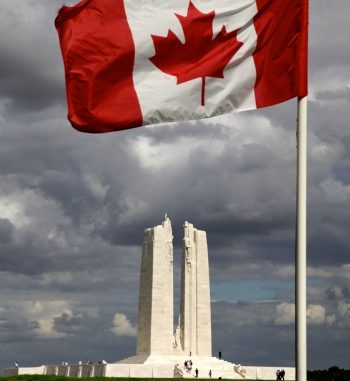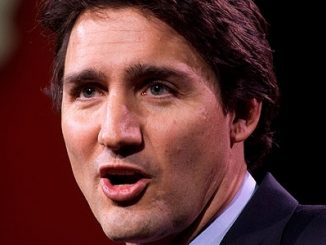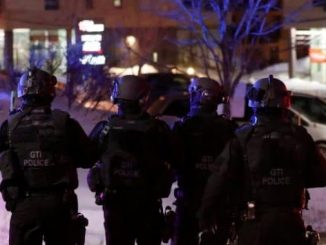
By Lee Berthiaume
LILLE, France — Millions of Canadians will pause and bow their heads today as they mark the 100th anniversary of one of the most transformative events in their country’s history — the Battle of Vimy Ridge. As many as 25,000 Canadians will join Prime Minister Justin Trudeau and other dignitaries in the shadows of the magnificent Canadian National Vimy Memorial in France to reflect and remember.
Many more are expected to watch and listen to broadcasts of the ceremony, or attend local commemorative events.
Trudeau was set to start the day by meeting with French President Francois Hollande and participating in a poppy ceremony in the nearby city of the Arras.
He will then visit a number of other sites, crisscrossing paths with Gov.-Gen. David Johnston, who is with Princes Charles and his sons William and Harry, before they all gather at Vimy Ridge.
The commemorative ceremony at Vimy is being billed as a chance to mark what has come to be regarded as a seminal moment in Canada’s history.
The two-hour event will include musical and dramatic performances by well-known Canadians such as Paul Gross and Lorena McKennitt, as well as speeches by French President Francois Hollande and Prince Charles.
The ferociously bloody battle for the Vimy high ground has become the stuff of legend for many Canadians.
In the wee hours of April 9, 1917 — Easter Monday — more than 20,000 Canadians who’d spent the night crouching in the mud and rainy cold finally left their trenches to advance on the ridge known as Vimy.
The battle — and the weeks of preparations leading up to it — were marked by firsts.
Some were new military innovations that would change the course of the war, and also the way future wars would be fought.
There was the introduction of the creeping barrage, a wall of moving artillery fire the Canadians would follow as it literally crept across the battlefield, protecting their advance by forcing the Germans on the ridge to keep their heads down.
Most importantly, for the first time in the so called “Great War,” all four Canadian divisions would fight together.
Farmers from Weyburn, miners from Cape Breton, lawyers from Toronto, lumberjacks from Kelowna, doctors from Montreal and cowboys from Red Deer all advancing together through murderous machine gun fire.
Men from all backgrounds and places, but all of them proudly wearing the “Canada” shoulder badge that separated them from the millions of other soldiers on the Western Front.
Few believed they would succeed — indeed, the odds seemed stacked against them.
But the Canadians did, after four days of intense warfare, capture the ridge that both the French and British had previously failed to do.
There had been bloodier battles for the Canadians — 24,000 were killed or wounded at the Somme as compared to 11,000 at Vimy.
And there would be strategically more important battles, such as at Amiens, which many feel marked the beginning of the end of the “War to End All Wars.”
Vimy, however, was seen — or at least came to be seen over the passing decades — as the moment in time when Canada emerged from the shadow of its British colony status to earn its place on the world stage as a strong, independent nation.
Source: tbnewswatch




Be the first to comment